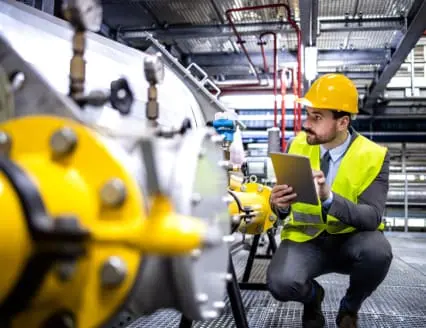What is Integrated Logistics?
Integrated logistics is a business management model that combines various supply chain components, such as transportation, warehousing, inventory management, and order processing, to create a unified, efficient system. All departments, processes, and resources are aligned to work in perfect sync and operate as one cohesive unit, resulting in seamless operations and ensuring that customer orders are dispatched quickly.
Importance and Benefits
Integrated logistics is essential for ensuring flexible supply chains, reducing costs, and improving overall efficiency, which are crucial for companies to stay competitive in today’s globalized economy. Here are several important benefits of having this system:
- Increased Speed and Agility: By coordinating operations and eliminating obstacles, integrated logistics can increase the speed of manufacturing and product delivery. This allows companies to address customer needs and respond to new trends more quickly.
- Cost Reduction: Integrated logistics can help minimize costs and reduce waste by streamlining processes and empowering employees.
- Improved Efficiency and Flexibility: By breaking down silos and promoting collaboration between different functions, integrated logistics optimizes supply chains, reduces costs, and improves overall efficiency. It also enhances flexibility, allowing businesses to adapt to changing market conditions and customer needs.
- Better Customer Service: Integrated logistics leads to better customer service by ensuring orders are delivered in the shortest time possible and by providing greater visibility and flexibility in responding to customer needs.
Key Components
Integrated logistics mostly consists of four main components: transportation, warehousing, information technology, and collaboration. These components work together to create a unified, efficient system that streamlines operations, reduces costs, and enhances customer service.
This section will explore each of them in detail, as follows:
Transportation
It involves the movement of goods from one location to another, making it a critical component of integrated logistics. For example, a company might use air freight to transport high-value, time-sensitive goods, while using sea freight for bulkier, less time-sensitive items.
Warehousing/Storage
This component encompasses the storage and management of goods within the supply chain, ensuring efficient inventory management and order fulfillment. Automated storage and retrieval systems may be used to minimize the time it takes to pick and pack orders. RFID technology also works to track inventory levels in real-time.
Information Technology
Integrated logistics relies on advanced IT systems to coordinate and manage all activities, providing real-time data and enhancing visibility across the entire supply chain. Cloud-based software is commonly used to manage inventory levels, track shipments, and monitor supplier performance.
Supply Chain Collaboration
This final component involves breaking down silos and promoting collaboration between different functions, enabling businesses to optimize their supply chains, reduce costs, and save a lot of time.
For example, a company might work closely with suppliers to improve forecasting accuracy or collaborate with logistics providers to optimize transportation routes and reduce delivery times.
Scale Your Enterprise Operations with Customizable Solutions
✓ Scale ✓ Data ✓ Security ✓ Integration ✓ Teams
Learn MoreHow to Improve Your Integrated Logistics Operations
Companies can improve their integrated logistics by following these best practices:
- Analyze the Current Flow of Supply Chain: Conduct a comprehensive analysis of the current supply chain to identify key areas for improvement. The analysis should identify the challenges and complexities involved in supply chain integration.
- Invest in the Right Technology and Infrastructure: Invest in advanced warehouse management systems, transportation management systems, and other digital tools to support integrated logistics. Transitioning to digital recordkeeping and going paperless will save your team time and money.
- Have Access to Data in Real Time: Integrated logistics requires real-time access to data to detect inefficiencies and make better decisions on time.
- Communicate and Collaborate with your Stakeholders: Better communication and collaboration among stakeholders are important to address inefficiencies in the supply chain.
- Streamline Inventory Management: Streamlining inventory management is crucial to improving integrated logistics. This can be achieved by optimizing resource utilization, reducing waste, and leveraging the network of suppliers and vendors




